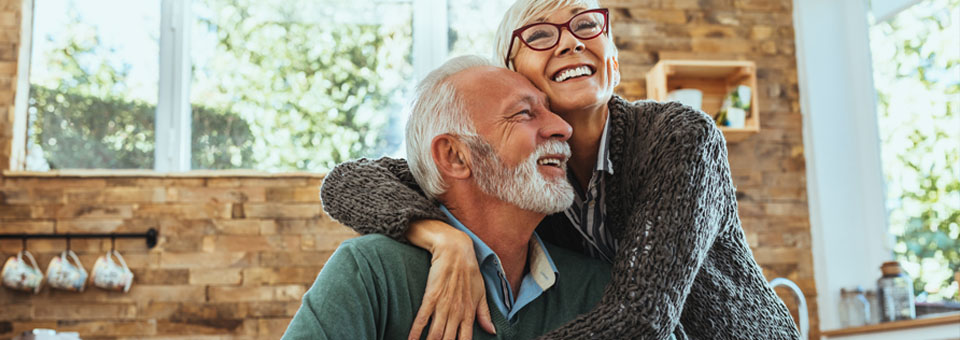Oxytocin is often referred to as the “love drug” because it’s the hormone that helps you stay in love and have more satisfying sex.
But exciting new research shows that it can do much more…
It can keep your bones and muscles strong — and even reverse other signs of aging.
A mouse study found that oxytocin could prevent the development of osteoporosis. It helped slow bone breakdown and increase the growth of new bone cells.1
Then researchers from the University of California at Berkeley found oxytocin may reverse age-related muscle wasting or sarcopenia.2
This condition comes on gradually starting in your 40s and 50s. And if you do nothing about it your body simply “wastes away” over the years.
Skeletal muscle mass can drop 35% to 40% by the time you reach 80.3 That’s about three pounds every decade.
And Big Pharma has no drugs for it. In fact, the treatments tried so far have been linked to cancer.
The researchers at UC Berkeley found that blood levels of oxytocin declined with age. And there were fewer receptors for oxytocin in muscle stem cells in older mice.
But when they injected oxytocin under the skin of old mice for nine days, things changed. Their muscles healed much faster. They healed at about 80% of the rate of young mice. The researchers also disabled the oxytocin gene in young mice. When the mice reached adulthood, they started to exhibit signs of premature aging.
Levels of oxytocin are high when you’re young. But your supply of this happiness hormone starts to decline as you age. It drops off after you turn 40. This is why I recommend you increase your levels of oxytocin.
You can teach your body to produce more oxytocin naturally. You just have to choose activities that promote
its release. To make sure you get the most happiness in your life, I recommend massage.You see, touch prompts your body to release oxytocin, so the more the better.
A study in the journal Alternative Therapies in Health and Medicine proved it. Researchers measured oxytocin levels in 95 subjects before and after a 15-minute massage. Oxytocin increased by 17% for the group that received massage. A control group who just rested showed a 9% decrease in oxytocin.4 Get a professional massage as often as you can.
Or you can give yourself a massage for 10 to 20 minutes. In Ayurvedic medicine this is called abhyanga.
Boost Oxytocin With Ancient Ayurvedic Massage
- Place a small amount of slightly warmed oil on your fingertips and in your palms.
- Starting with your head, massage your scalp vigorously. Move on to your face, neck and upper spine.
- Next massage your arms using long strokes the length of your long bones and a circular motion over your joints. Don’t forget your hands and fingers.
- Apply oil to your chest and abdomen in a gentle circular motion. Massage your back and spine as far as you can reach.
- Move on to your legs with the same long strokes you used on your arms and circular motions over your joints. Don’t forget your feet, especially the soles.
To Your Good Health,

Al Sears, MD, CNS
1. Colaoammo G, et al. “Oxytocin and bone.” Am J Physiol Regul Integr Comp Physiol. 2014;307(8):R970-R977.
2. Elabd C, et al. “Oxytocin is an age-specific circulating hormone that is necessary for muscle maintenance and regeneration.” Nat Commun. 2014;5:4082.
3. Keller K and Martin Engelhardt. “Strength and muscle mass loss with aging process. Age and strength loss.” Muscles Ligaments Tendons J. 2013;3(4):346-350.
4. Morhenn V, et al. “Massage increases oxytocin and reduces adrenocorticotropin hormone in humans.” Altern Ther Health Med. 2012;18(6):11-18.

